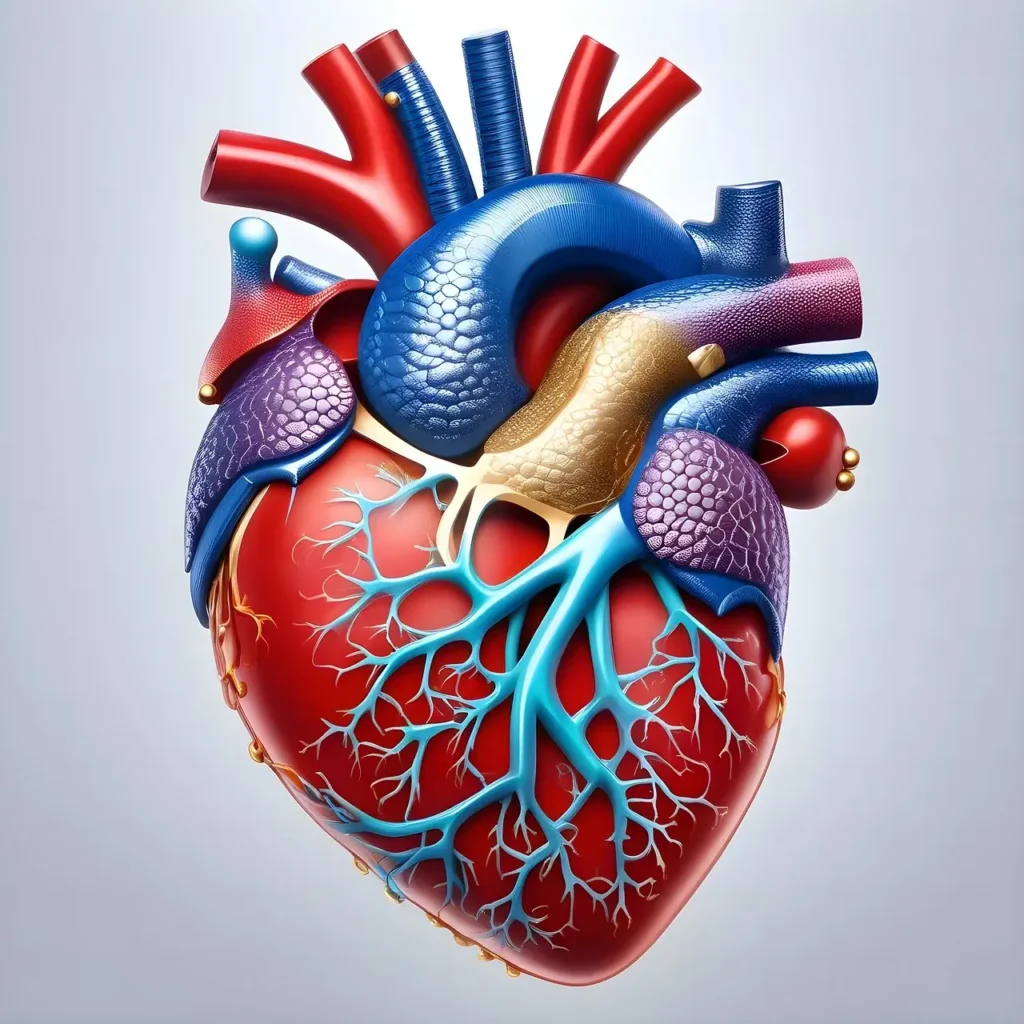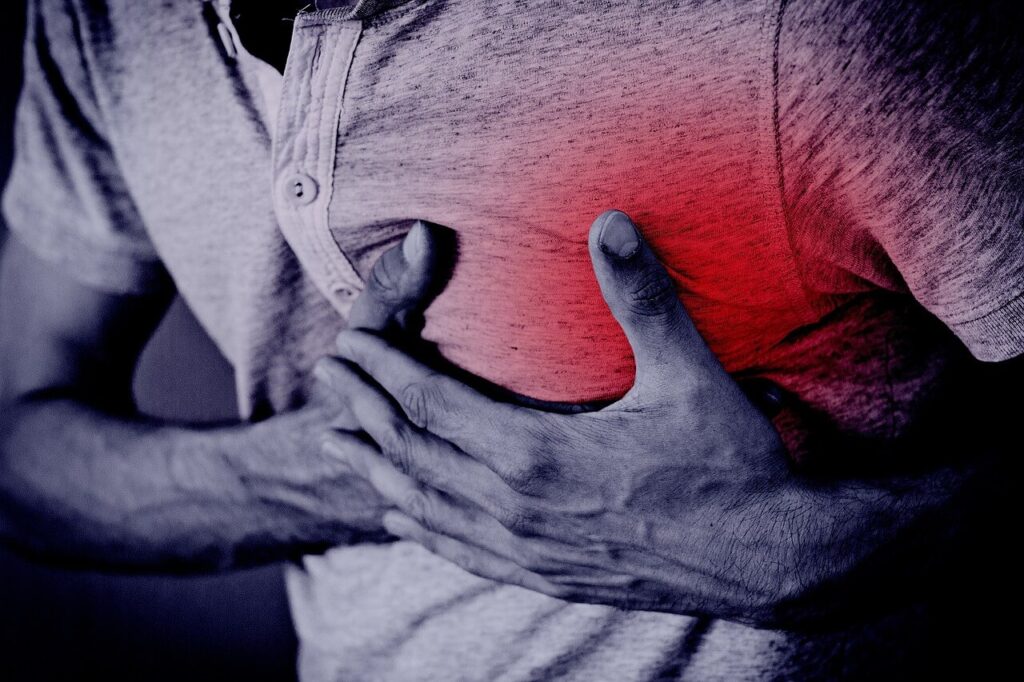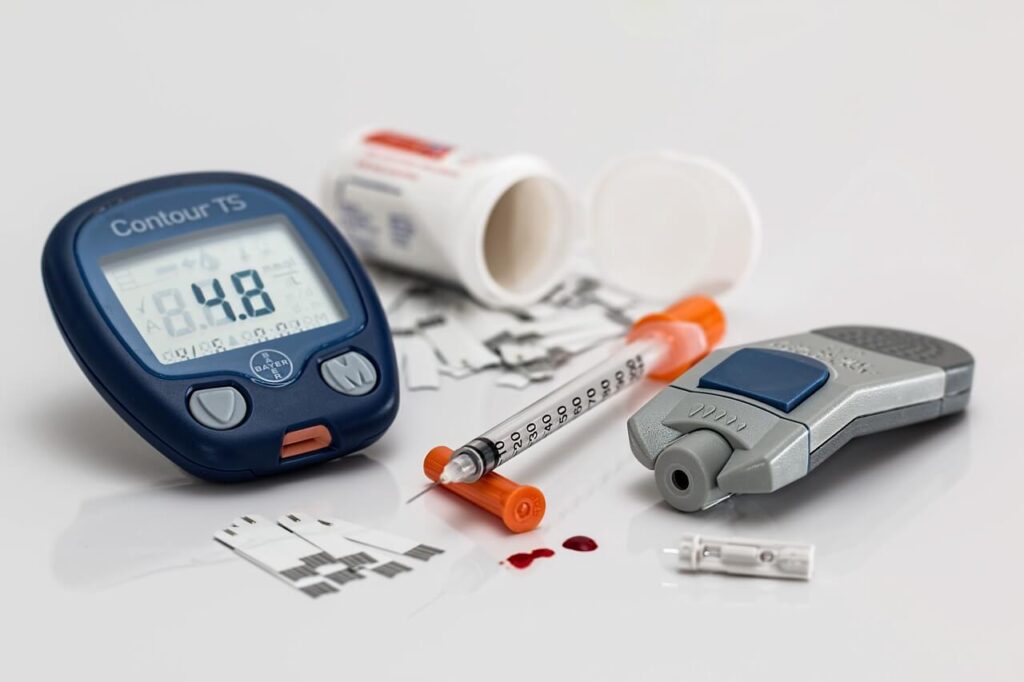
Cardiovascular disease (CVD) is a broad term for many different diseases affecting the heart and blood vessels, including coronary artery disease (CAD), heart attacks, strokes, heart failure, arrhythmias, and more. Cardiovascular disease is the leading cause of death globally. Every 2.5 seconds, someone dies of cardiovascular disease worldwide. This amounts to approximately 18-20 million deaths worldwide each year.
As per the World Heart Federation, deaths from cardiovascular disease have amplified 60% globally from 12.1 million in 1990 to 20.5 million in 2021. According to the World Health Organization (WHO), cardiovascular diseases (CVD), which include heart attacks account for nearly 31% of all global deaths.
Heart disease, including heart attack, is one of the leading causes of death worldwide. According to the American Heart Association every 34 seconds someone dies of cardiovascular disease, and every 40 seconds someone has a heart attack in the US.

Heart attack is not just a health concern for older individuals; but affects people of all age groups. Contrary to popular belief while cardiovascular disease (CVD) is typically associated with older people, heart disease is increasingly becoming common in young people between 18-45 years of age. The incidence of heart disease has been rising in young people particularly those with risk factors like obesity, diabetes, high blood pressure, and smoking. American Heart Association (AHA) reports that 1 in 5 adults under the age of 45 has some form of cardiovascular disease. According to the Centre for Disease Control and Prevention (CDC) a public health institute headquartered in Atlanta, Georgia, United States around 1 in 5 heart attacks in the U.S. occur in individuals under the age of 45. Between 2000 and 2016, the incidence of heart attacks in younger adults increased by 2% per year, with more cases occurring in individuals aged 35-44.
About 1 in 5 children and adolescents (ages 2-19) in the U.S. are obese. Obesity has been steadily increasing in young adults (18-39 years), leading to hypertension, high cholesterol, and diabetes—all of which add to the risk of heart disease.
Approximately 34 million Americans have diabetes. This is in addition to 1 in 5 undiagnosed people. The prevalence of Type 2 diabetes among children and adolescents is rising, largely due to obesity – which is a leading cause of heart disease among young people.

To top it all nearly 1 in 4 U.S. adults under 40 have high blood pressure, and around 14% of those between 18-24 years of age smoke regularly.
According to a study conducted by the American Heart Association, around 5% of adolescents in the U.S. have at least one risk factor including obesity, high cholesterol, or high blood pressure and nearly 10% of adolescents have early signs of plaque build-up in the arteries, which leads to heart disease.
A 2018 study published in the Journal of the American Medical Association (JAMA) found that the number of young adults (ages 35-44) hospitalized for heart attacks has risen by more than 2% annually between 2000 and 2016.
Further, according to the CDC, about 1 in 100 children in the U.S. are born with congenital heart defects. While many of these children survive due to advanced medical treatments, they still face an increased risk of heart problems later in life.

Significantly around 1 in 50,000 athletes under 35 with undiagnosed heart conditions such as arrhythmias, hypertrophic cardiomyopathy, or congenital heart defects — experience sudden cardiac arrest while playing sports which could have been prevented due to early screening and diagnosis.
Ominously men below 45 potentially face a higher risk of heart attack than women of the same age. While it’s true that the risk of heart disease increases with age, women are not exempt from risk. Women under 45 too may experience heart attacks, but they may not recognize the symptoms as easily as men do. On the contrary heart disease kills more women in the U.S. than all cancers combined.
Common Types of Cardiovascular Disease

Several types of cardiovascular diseases, each with its own symptoms, risk factors, and treatment strategies:
Coronary Artery Disease (CAD):
CAD occurs when the coronary arteries, which supply blood to the heart muscle, become narrowed or blocked by plaque build-up (atherosclerosis). This can lead to chest pain (angina) or heart attacks. It is the most common type of heart disease.
Heart Attack (Myocardial Infarction):
A heart attack occurs when a blockage in a coronary artery prevents blood flow to part of the heart muscle, causing tissue damage. Its symptoms include chest pain, shortness of breath, nausea, sweating, and pain radiating to the jaw, neck, or left arm. Prompt treatment is critical to minimize heart damage and increase the chances of survival.
Heart Failure:
Heart failure is a condition where the heart cannot pump enough blood to meet the body’s needs, leading to fluid build-up and other symptoms such as shortness of breath, fatigue, and swelling. It can result from conditions such as high blood pressure, coronary artery disease, and previous heart attacks.

Stroke:
A stroke occurs when blood flow to the brain is interrupted, either due to a blockage (ischemic stroke) or a rupture of a blood vessel (hemorrhagic stroke). Stroke can lead to permanent brain damage, paralysis, or death if not treated quickly. Risk factors for stroke include high blood pressure, smoking, diabetes, and a history of heart disease.
Arrhythmias (Irregular Heart Rhythms):
Arrhythmias are abnormal heart rhythms that can lead to complications such as stroke, heart failure, or sudden cardiac death. Atrial fibrillation (AF) is the most common arrhythmia and increases the risk of stroke and heart failure.
Peripheral Artery Disease (PAD):
PAD is a condition in which the arteries outside the heart and brain, particularly in the legs, become narrowed or blocked due to plaque build-up. It causes pain and cramping in the legs, and in severe cases, it can lead to the loss of limbs.
Why men under 45 are at higher risk

Hormonal differences:
Testosterone, the male sex hormone, has negative effects on cardiovascular health. Higher levels of testosterone may lead to increased cholesterol, high blood pressure, and higher plaque build-up in arteries, all of which contribute to heart disease. On the other hand, estrogen the primary female sex hormone acts as a protective shield against heart disease particularly in premenopausal women. Estrogen helps to increase high-density lipoprotein (HDL) or good cholesterol” and helps remove low-density lipoprotein (LDL) or “bad cholesterol” from the bloodstream. This helps prevent plaque build-up in the arteries and reduces the risk of heart disease. Estrogen also helps to reduce triglycerides a type of fat in the blood and lowers the risk of plaque build-up in arteries. However, this protection lessens after menopause, which is why the risk of heart disease increases in older women.
Estrogen promotes vascular dilation which helps improve blood flow and reduces the strain on the heart. This improves the functioning of the overall cardiovascular system and enhances the function of the endothelium the inner lining of blood vessels, which is crucial for regulating blood pressure.
Behavioural and lifestyle factors:

Smoking: More men smoke than women which damages the blood vessels, raises blood pressure, decreases oxygen in the blood, and in general, adds to the risk of heart attack.
Alcohol consumption: Men are also more likely to consume excessive amounts of alcohol compared to women, which over time can raise blood pressure and damage the heart.
Diet and physical activity: Obesity, lack of exercise, and poor diet add to the risk of heart disease. Men, particularly younger men, have unhealthy eating habits and are less physically active compared to women.
High blood pressure and cholesterol: Hypertension and high cholesterol are common causes of heart disease. Men, especially those below 45, are more likely to have undiagnosed or poorly managed high blood pressure and cholesterol compared to women of the same age.
Lifestyle changes: Early intervention can help reduce the risk of heart disease, but most men often delay seeking medical attention or regular check-ups.
Genetics: Family history plays a major role in heart disease. Men with a family history of heart disease may themselves have a much higher risk of heart attack. Genetics also leads to high cholesterol, obesity, and other conditions that increase the risk of heart disease.
Diabetes: Diabetes is one of the foremost causes of cardiovascular disease (CVD) because of damage to blood vessels and increased likelihood of heart attack. According to the World Health Organization (WHO), people with diabetes are 2-4 times more likely to develop CVD as compared to those without diabetes. High blood sugar and lipid abnormalities can damage blood vessels and nerves, increasing the risk of CVD. Diabetes can damage the kidneys and cause nerve damage, known as neuropathy, which can disrupt the transmission of pain signals to the brain. As a result, people with diabetes may suffer from silent heart attacks and not even feel the typical chest pain or discomfort associated with a heart attack. Diabetes can damage blood vessels and reduce blood flow to the heart, making it more difficult to detect a heart attack.
Stress and mental health: Men are more prone to chronic stress, anxiety, and depression which lead to higher blood pressure, inflammation, and other cardiovascular Hence they may not seek help for mental health issues as readily as women. risks. Stress also leads to unhealthy eating, drinking alcohol, or smoking, which are a leading cause of heart disease.
Delayed recognition of symptoms: Men may be more likely to ignore early symptoms such as chest pain, shortness of breath, discomfort, fatigue and even heart attack more frequently than women leading to life-threatening consequences.
Women over 35: heart disease risk

While men below 45 are at a higher risk, women in the same age group are not immune and often do not recognize the symptoms of a heart attack as readily as men, and delay seeking timely medical treatment. Women are more likely to experience atypical symptoms, such as nausea, light-headedness, or discomfort in the back, neck, or jaw, rather than classic chest pain. This lack of awareness can lead to misdiagnosis or delayed treatment.
Pregnancy-related complications:
Pregnancy complications are an early warning sign of cardiovascular health issues later in life. Pregnancy complications can cause hormonal changes, which can increase the risk of CVD. Pregnancy-related conditions, such as preeclampsia, gestational diabetes, and high blood pressure can increase the risk of heart disease in women. Women who experience these conditions during pregnancy have a higher risk of heart attacks, strokes and high blood pressure after childbirth.
Oral contraceptives and hormonal changes:
Hormone levels and the risk of heart disease change in women with age. Even birth control pills containing estrogen increase the risk of cardiovascular events in women who smoke or have other risk factors. The estrogen in these pills can increase the likelihood of blood clots, stroke, heart attack, and other cardiovascular issues. Some women may experience weight gain, diabetes, high blood pressure, and high cholesterol which are all risk factors for cardiovascular disease a side effect of estrogen-containing birth control pills. As a result, the risk of heart disease increases with age and women are more prone to heart disease after menopause.
Also Read: Every chest pain does not mean heart attack
Stress and Mental Health:
Women, particularly young women, may experience high levels of stress due to work, family obligations, or societal pressures. Chronic stress, along with depression and anxiety, can increase heart disease risk. Social determinants of health, including financial strain, caregiving responsibilities, and gender disparities, can add additional mental and emotional stress, contributing to heart disease risk.
Disparities in Care and Awareness: There is a historical gap in how heart disease in women is treated or addressed compared to men. Women, particularly younger women, may not always be considered for heart disease screening or may receive delayed diagnoses.
Conclusion

The writing on the wall is loud and clear — cardiovascular disease is no longer a health issue for older individuals alone. Even youngsters should be aware of the signs and symptoms of heart disease and take proactive steps to reduce the risk and seek medical timely guidance. There is also a need for public health campaigns to emphasize the importance of prevention and proactive heart care.
Early recognition of the warning signs of a heart attack can make the difference between life and death. Rapid intervention can drastically improve survival rates, reduce damage to the heart, and enhance recovery.

